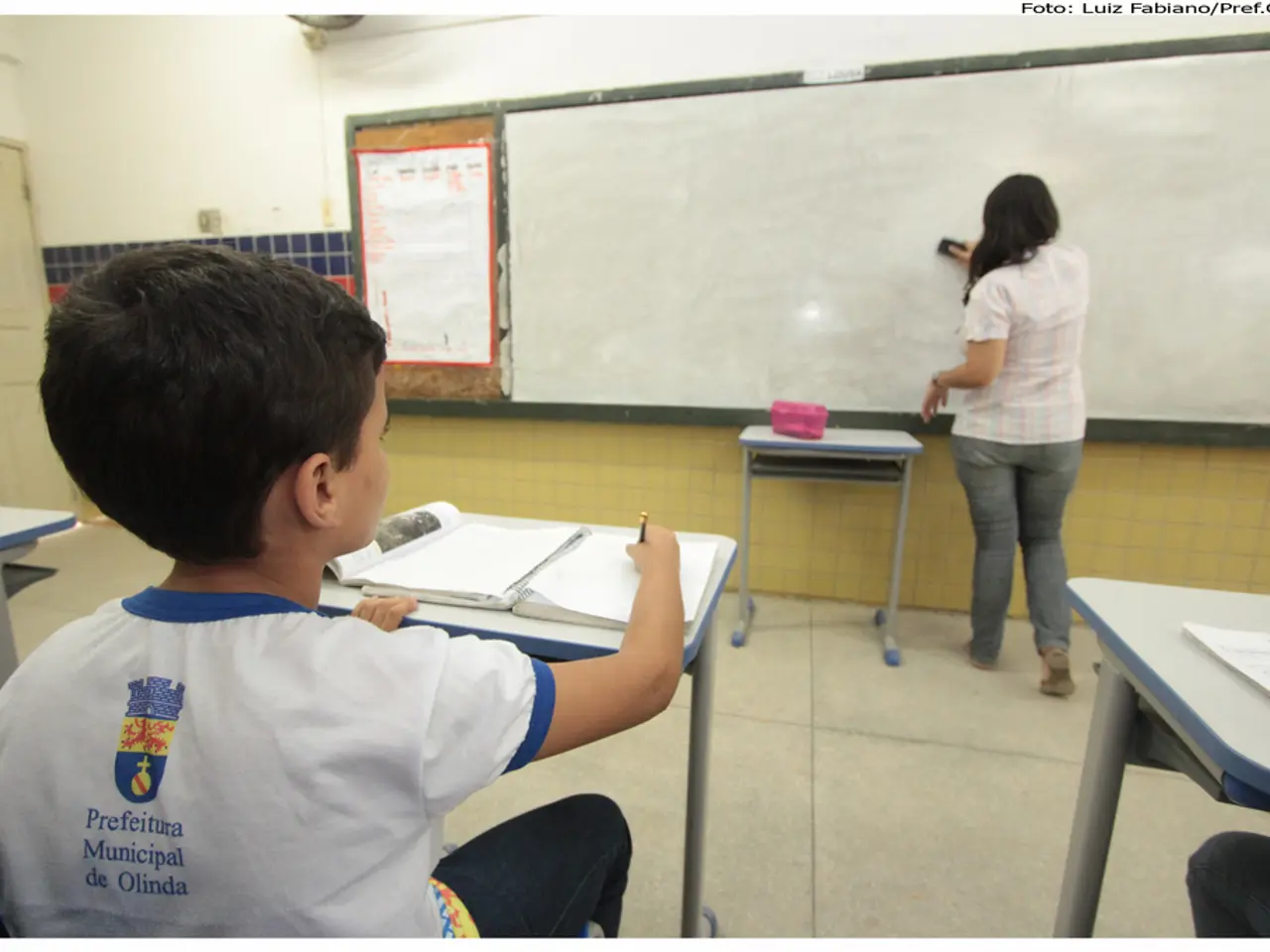Key Teacher Aims for Optimal Classroom Performance and Success
Teachers strive to create an engaging, technology-enriched, and inclusive classroom environment that fosters student success and positive relationships. To achieve this, they set professional goals that focus on various areas, including student achievement, classroom management, instructional strategies, and professional growth.
Improving Student Achievement
A key goal for teachers is to continuously evaluate lesson effectiveness and use data to target learning gaps. By collecting and analyzing assessment data and student feedback, teachers can adapt instruction and set measurable improvement targets for student progress. For example, a teacher might aim to integrate two new technology tools into lessons within the next semester to increase student engagement, or use data from assessments and surveys to identify and address two key learning gaps by the end of the term.
Establishing a Positive Classroom Culture
Creating a focused, engaging, and inclusive environment is essential for a positive classroom culture. Teachers can reduce distractions, use classroom colours that boost productivity, and implement effective management strategies that help students feel valued and motivated. A concrete goal might be to develop a classroom management plan focusing on student respect and participation, and review its effectiveness monthly.
Integrating Technology
Incorporating technology can enhance teaching, personalize learning, and streamline classroom management. Goals can include learning to use new educational technology tools, online platforms for delivering lessons, and project-based learning that promotes creativity and problem-solving skills.
Ongoing Professional Development
Engaging in ongoing professional development is crucial for adopting innovative instructional strategies and classroom management approaches. This includes attending workshops, collaborating and networking with colleagues, and reflecting regularly to refine teaching methods. Teachers might join or create a professional learning community to share best practices and receive peer feedback each quarter.
Fostering a Growth Mindset
Encouraging a growth mindset helps students take risks and embrace challenges. Teachers can foster this by creating a supportive and inclusive learning environment where students feel safe to make mistakes and learn from them.
Incorporating Current Events
Discussing relevant topics and creating in-class or homework assignments based on current events can make learning more engaging and meaningful for students.
Encouraging Peer Teaching
Allowing students to teach the class for a certain segment can foster critical thinking skills and collaborative environments.
Increasing Creative Writing Opportunities
Increasing creative writing opportunities, such as incorporating writing prompts and allowing students to read their work aloud, can help students develop their writing skills and boost their confidence.
Improving Attendance
Promoting a positive attitude towards school and establishing an attendance tracking system can help increase attendance.
Fostering Inclusivity
Actively working towards developing a welcoming atmosphere that celebrates the diversity of students and promotes inclusivity is essential for fostering a positive and inclusive classroom culture.
Developing Classroom Management Skills
Effective classroom management skills are crucial for creating a positive learning environment. Teachers can work on managing student behavior, establishing clear expectations for student conduct, and creating a supportive and inclusive learning environment.
Integrating 21st Century Skills
Integrating in-demand skills for the 21st century, such as digital literacy, collaboration, and problem-solving, into daily lesson plans can help prepare students for success in their future careers.
Continuous Professional Growth
Continuously growing and developing professionally is essential for teachers. This can be achieved by attending workshops, conferences, and webinars, as well as participating in collaborative learning communities, and evaluating teaching methods on a regular basis.
In conclusion, effective teacher professional goals are designed to improve student achievement, foster a positive classroom culture, and utilize technology effectively. By setting SMART goals, engaging in ongoing professional development, and continuously reflecting on and refining teaching methods, teachers can create an engaging, technology-enriched, and inclusive classroom environment that nurtures student success and positive relationships.
[1] Edutopia. (2021). 10 Teacher Professional Development Goals for the New School Year. [online] Available at: https://www.edutopia.org/article/10-teacher-professional-development-goals-new-school-year
[2] TeachThought. (2021). 7 Teacher Goals for Improving Student Achievement. [online] Available at: https://www.teachthought.com/teaching/teacher-goals-for-improving-student-achievement/
[3] Classroom.com. (2021). 10 Professional Goals for Teachers. [online] Available at: https://www.classroom.com/articles/10-professional-goals-for-teachers/
[4] Scholastic. (2021). 10 Professional Goals for Teachers. [online] Available at: https://www.scholastic.com/teachers/resources/classroom-management/10-professional-goals-teachers/







